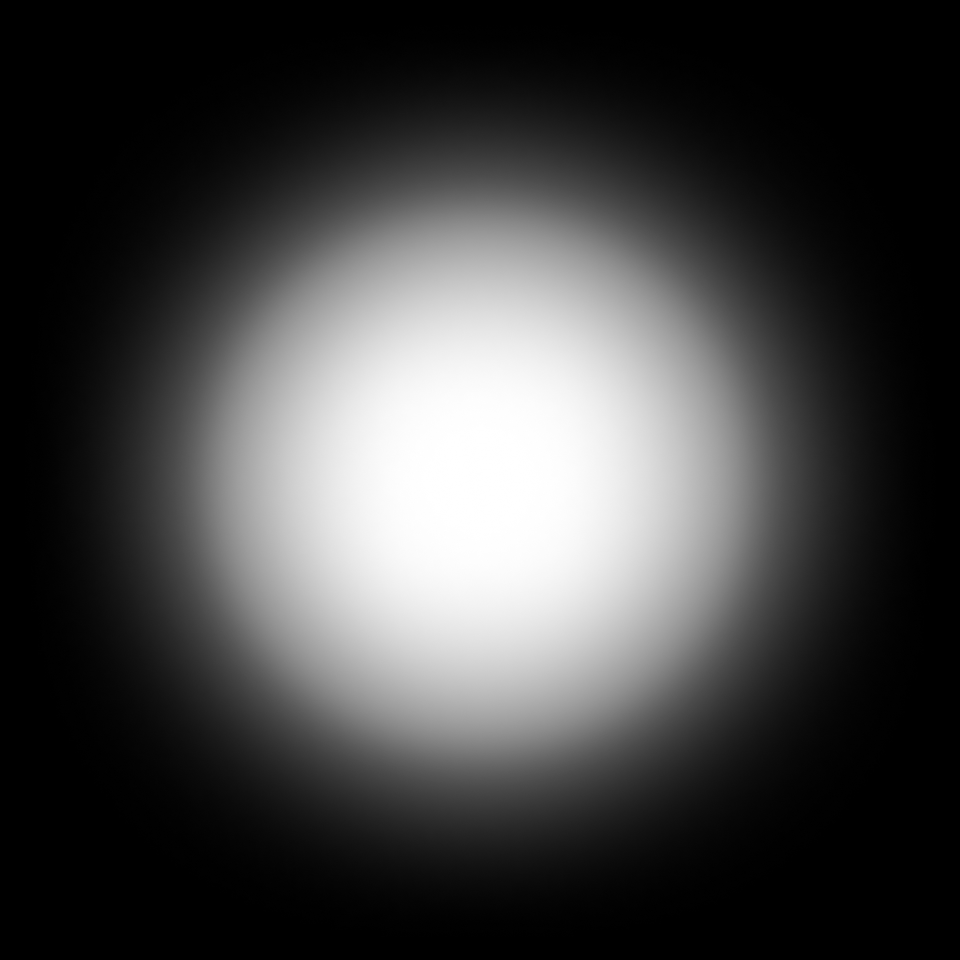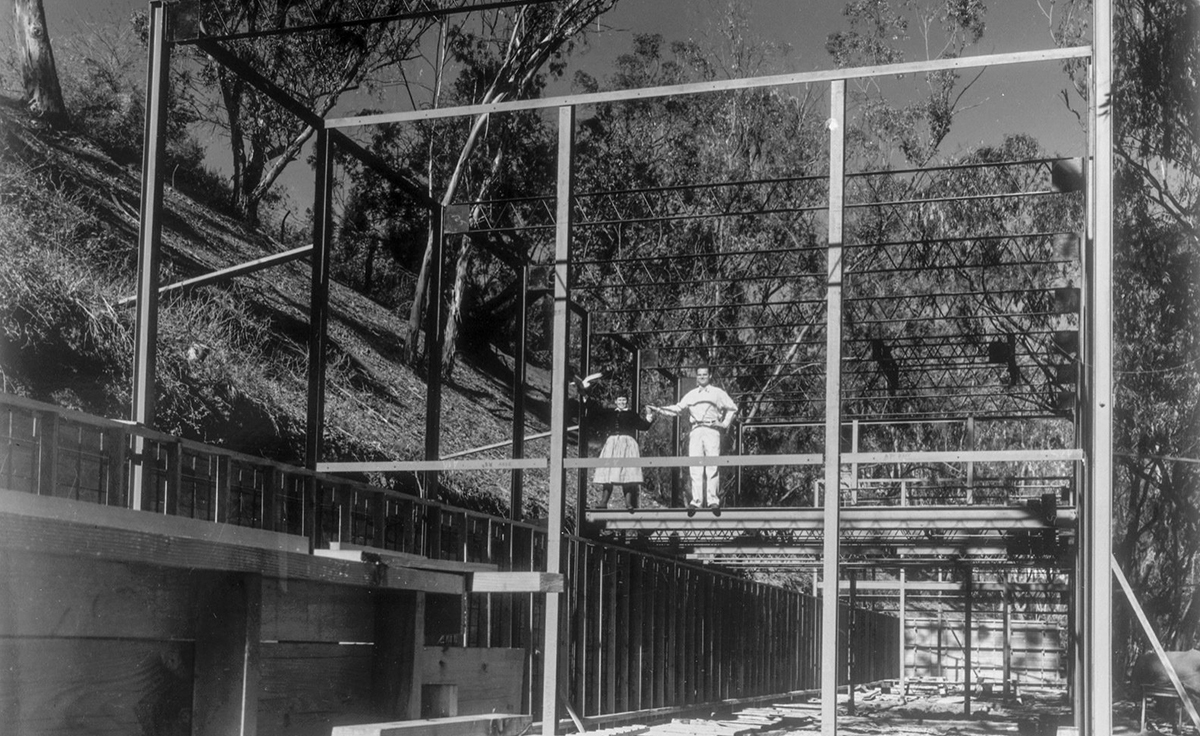
Seasons
It’s early 2020, the transition between winter and spring, and Tlon’s interface group has concluded a series of projects that mark a transition point for the Urbit project. We’ve named the culmination of our efforts “OS 1,” as in “Operating System 1.”
For those who have yet to try it out, OS 1 is a bundling of “essential digital utilities” in the form of 1) a linear chat, 2) a long-form text editor and publishing/discussion medium, 3) a link bookmarking/discussion software, and most importantly, 4) a grouping mechanism that allows you to bundle the above services in the context of a group of friends, acquaintances, or family. We see these utilities as being archetypical “software shapes” that are inherently flexible and open for interpretation in terms of their use, but we have wild expectations for how these software shapes will evolve in the near future. Later design output and supplementary writing will expand upon what we mean by this.
Functionally, OS 1 has been designed to serve as a bridge between OS 0 (The first interface in Urbit’s evolutionary chain) and OS 2 (Urbit’s eventual departure from the web browser context). In its service as a “bridge”, we designed OS 1 to extend from the baseline app-like “module” experience first defined in OS 0, while granting it new affordances that gesture towards nascent conceptions of “communal computing” we have planned for OS 2 onward.
This year, as the warmer seasons give way to chillier ones, we plan on further demonstrating our vision of what new computers and networks can be and how they feel to use. Until then, we'll be building upon OS 1, our foundation and initial take on what we deem "human-shaped infrastructure."
This post serves as a reflection–meditation on OS 1’s initial form development and the attitude we brought to bear in designing it. I will be highlighting a few disparate-yet-interconnected themes we encountered in our design work, and how we materially began to address them.
Products
Urbit’s interfaces, and the process by which we build them, are resolutely not projections of the world’s current conception of digital design—that of mass digital product design. Products are sold, bought, and discarded as they are in their physical sense. Digital products are slotted into the vending machines we call our phones and are mass produced as candy is produced. Candy is essentially free, and contemporary digital products are absolutely free of cost. If you’re reading this, you probably already have a good idea of what free corporate digital products mean for your privacy.
Urbit is distinctly not free (as in freely offered as a service via a corporate entity), and your urbit is distinctly not a product. As we trace over the interfaces we design with our cursors, we’re not building a product, we’re not selling a product, we’re not painting a product, and we’re certainly not decorating a product.
Here at Tlon, we’re assembling thoughtful infrastructure you can spend your life using, learning, and extending. We’re attempting to assemble spaces you can one day pass on to friends, close collaborators, or possibly your grandchildren. We are resolute in our practice and stay our hands to the greatest degree possible as a result of this mindset.
Beautiful Infrastructure
OS 1, while incremental in its initial expression from OS 0, serves to outline our stance of what sublimely beautiful, useful, and durable digital infrastructure should feel like to inhabit. For the purposes of OS 1, we can imagine “Beautiful Infrastructure” to form the spirit of what we’re building:
Beautiful infrastructure is inhabitable. You’re not floating in an infinite feed of content streams. You are situated in a defined space with edges you can shift at-will, as your needs deem fit. Our model for inhabitable computing is new and in limited flux, but our vision is long.
Beautiful infrastructure is a gravitational force. Even if you can’t feel it or directly experience it, well-designed infrastructure is a cohering force. One is grounded with respect to the infrastructure they live alongside.
Beautiful infrastructure is like a shell. Well-considered infrastructural projects provide durable, generalized, reusable, and most importantly, self-designed containers around otherwise formless flows of information. The current state of mass software design has gotten many of the “reusable” elements of design down pat, but these structures are optimized to pump ads and information into your brain, algorithmically-sorted-linear-feed style. In Urbit, I can take the conceptual container of "temporal linearity" and use this to shape communication data as I see fit. I should be able to shape once-linear communication and cast it into a nodal communication model: My DM is now a MUD.
Truly beautiful infrastructure undergirds the daily exchanges people actually care about—I don’t drink plumbing, I drink the water it carries and protects.
Another way of thinking about “Infrastructure” (here defined loosely as “the truly essential structures that allow society at varying scales to operate”) is to think about it in terms of interpersonal support structure.
We deeply hope that Urbit can form a support structure for you and your community.
These self-evident statements underlie the core problems we sought to address in designing a userspace for OS 1: How do we design an actually personal digital infrastructure? What does infrastructure look like when shared with immediate friends? With a cooperative organization? How can we impress upon Urbit's earliest adopters that once they've obtained an Urbit ID, their computer is at that moment literally entirely theirs?

Expressing Infrastructure
OS 1 was optimized from an interface design standpoint to ensure that a new inhabitant viscerally felt like there was a “space to inhabit”, or a “canvas to be painted”, or a set of simple and fundamental digital structures they could arrange to make their computer their own.
Counterintuitively, designing around this notion of a "rich blank slate” required OS 1 to be designed in a manner that almost results in it feeling incomplete, or on the verge of appearing deeply unremarkable.
A few key design decisions emphasized the above gestalt we sought to express:
- We decided very early on to revert the colorful presentation of Modulo to a literal blank slate—OS 1 is much like a sheet of graph paper now.
- All typography and typographic representation was severely flattened. This decision was one of our more drastic ones, and granted OS 1 a sense of being somewhat more "undirected" in terms of its form. We hope that as our system becomes more robust, users can decide which elements of their systems require emphasizing, to feel most at home with their information.
- The majority of graphics used throughout the system were rendered into black and white line drawings. As architectural schematics and orthographic projections flatten their representation of reality so an architect can “see structure” easier, we made the decision to express a visual foundation that felt more like a diagram than an ergonomic user interface.
- In its visual simplicity, OS 1 was essentially arranged to emanate the quality that modifying the underlying system was a simple task. Rather than present Urbit's first users with beautiful artistry and a sense that our infrastructure was to remain untouched and sacred, we decided to present a visual face to the project that felt nearly rudimentary, nothing outside the realm of editorial capability for the average person.
Many other small constraints have been set into place to build what we truly believe to be simple, durable, personal, digital infrastructure.
While visually primitive, OS 1 has managed to manifest a rich systematic expressiveness based on how it seems to be currently inhabited. We've been enjoying witnessing the ways people are beginning to interpret and make use of the faculties provided to create communal computing experiences of their own.
What's most wonderful to observe is the fun people are having in striking out on their own in this collective endeavor. More than anything, we hope Urbit’s inhabitants are having a good time and learning to enjoy computers again.